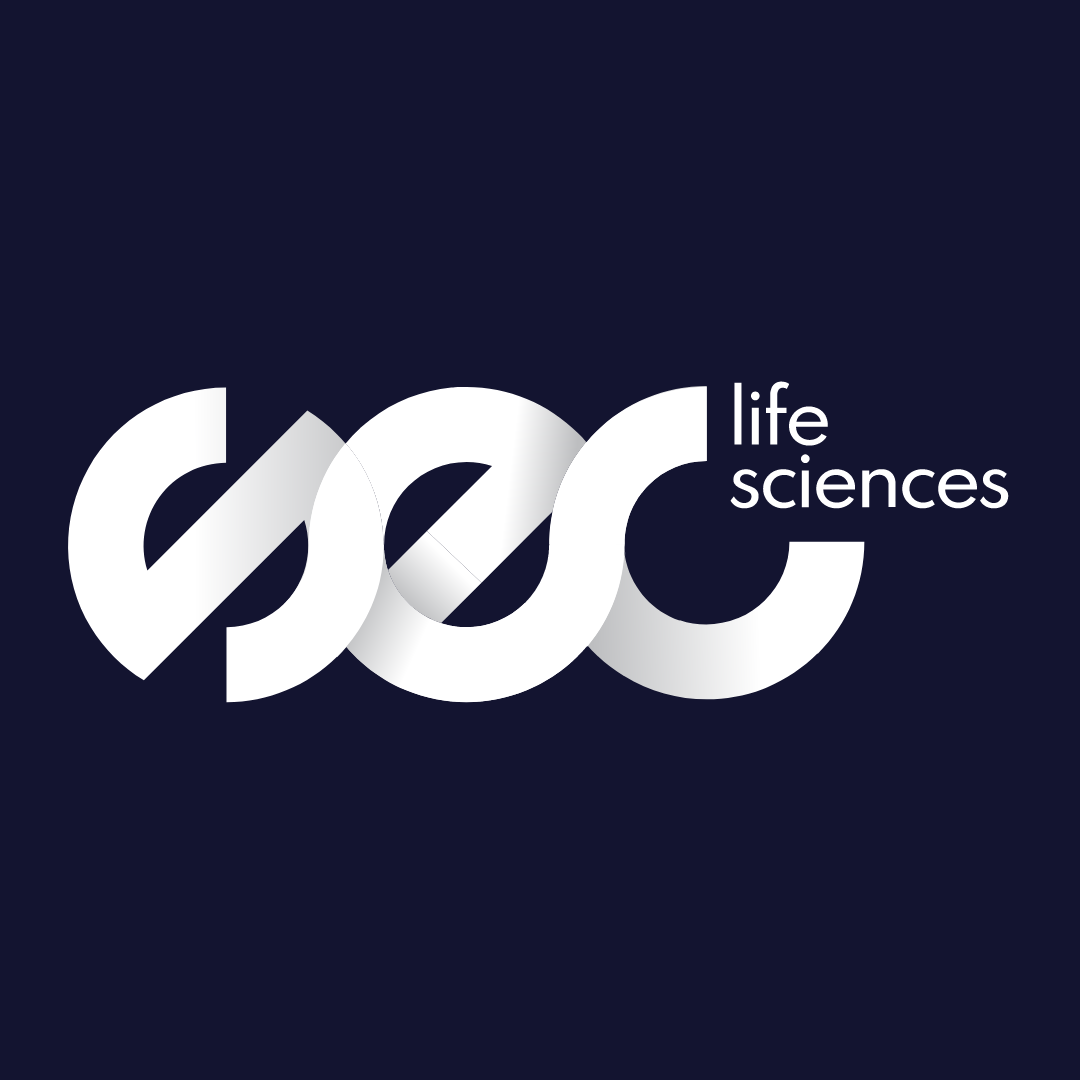Latest News
Address the QA talent gap in your business with these 3 solutions
01 May, 20246 minutesThe life sciences sector is confronting a substantial talent gap in the Quality Assurance (Q...

The life sciences sector is confronting a substantial talent gap in the Quality Assurance (QA) discipline, a shortfall that threatens to compromise the industry's ambitious agenda. Quality leaders have signalled limited headcount, limited budget, and limited skill sets, as their most significant hurdles to attaining their targets.
QA leaders have found that projects which would normally run concurrently are forced to go back-to-back due to limited personnel bandwidth. More worryingly, some initiatives are grinding to a halt due to gaping skillset or capacity gaps, with McKinsey noting that 80% of pharma-manufacturing companies report a skills mismatch. So, what's causing this deficit and, more importantly, how can those in leadership positions plug it?
The Challenges
Rapid Technological Advancements
Modern QA roles demand a working understanding of cutting-edge technologies like artificial intelligence (AI), machine learning (ML), and data analytics. With these tools becoming integral to processes within the life sciences sector, there's a growing demand for experienced professionals versed in these technologies.
Yet, this fast-paced technological growth is a double-edged sword. It invites opportunities for incredible growth and innovation, but at the same time, it can leave even experienced professionals struggling to keep up. Moreover, while recent graduates may come equipped with knowledge of these advanced technologies, they often lack the field experience that comes with time. This situation creates a talent mismatch.
Adding to this challenge is the fact that education and training programs are having a hard time keeping up with the speed of technological progress. As QA roles become more tech-oriented, the skills required are changing faster than traditional training initiatives can accommodate. This mismatch between industry needs and workforce skills is widening the QA talent gap.
In essence, the swift pace of technological progress, paired with slower education and training updates, is a major obstacle in filling the QA talent gap.
Evolving Regulatory Landscape
Life sciences is a realm that operates under the watchful eye of stringent regulations. With bodies like the FDA continuously updating their standards and practices, QA professionals are expected to keep their fingers firmly on the pulse of these changes.
The necessity for compliance becomes even more critical when we factor in the nature of the industry. In life sciences, the cost of non-compliance could range from financial penalties to compromised patient safety, amplifying the need for informed and adaptive QA professionals as outlined here.
Some examples of this ever evolving landscape include the extensions of transitional periods for the MedTech industry. In 2023 the European Commission adopted a proposal to amend the transitional periods provided in regulation on medical devices (MDR) and regulation on in vitro diagnostic medical devices (IVDR). This, coupled with a general view that the MDR rules have become convoluted and unpredictable, is making the QA field less appealing to potential entrants.
Regulatory changes are anticipated to significantly impact life science organisation's strategy's this year. This constant evolution and perceived instability can discourage potential talents from venturing into QA roles.
The Solutions
Leveraging Transferable Capabilities
A thorough capability gap analysis can identify skillsets more readily transferable to the QA discipline. Say we have talented individuals in R&D working on design control. Given their existing collaboration with QA and their familiarity with QA documentation, they could potentially transition into QA roles with intensive short-term training. Early leaders in addressing talent gaps have already started implementing this strategy. Historically, the global reskilling rate has been approximately 1.4% of employees a year. This is expected to nearly double, to 2.7% and within pharma, executives expect to increase the number of reskilled employees by two or three times, rapidly scaling up the initial efforts.
Digital Mobility
Digital mobility, at its core, refers to the ability of skilled professionals to apply their expertise regardless of their geographical location. This approach can prove invaluable when dealing with a skills shortage in a specific location, or within a specific department. When faced with a gap in QA expertise, organisations can look towards other sites that have the necessary skills. With a robust digital infrastructure in place, including collaboration tools and secure data-sharing platforms, these professionals can be deployed to support QA projects remotely.
Having a robust digital mobility strategy will allow organisations to mitigate their talent gaps and even develop a more flexible, adaptive workforce. While this is not an overnight solution - it requires investing in secure, effective digital tools and cultivating a company culture that supports this kind of flexible working - it can be a powerful weapon against the QA talent gap.
Partner with a Specialised Recruitment Agency
Given the complexity and specificity of the Quality Assurance roles in the life sciences, you need partners who speak your language, and can decipher the vernacular of regulatory standards, audits, validations, and more. Such agencies, like SEC Life Sciences, have a profound understanding of the industry and can use this knowledge to target the right talent pool.
In response to this pressing talent gap, many manufacturers are adopting innovative hiring structures. They are forming targeted partnerships with recruitment firms, enabling them to navigate around the traditionally slow and cumbersome hiring process.
These agencies can work directly with hiring managers, and due to their extensive networks, they have the ability to reach out to a large pool of potential candidates. This enables them to find the specific talent that suits the unique requirements of the role, be it for a contracted or a permanent hire arrangement.
However, merely finding the right employees isn't enough. The bigger challenge lies in convincing these skilled professionals to switch jobs. You need the expertise of people who can present your organisation in a light that is attractive to potential employees and can assure them of similar or better prospects.
There's no question we're facing a steep climb to bridge the QA talent gap in the life sciences sector, and undoubtedly innovation will continue to push it further. However, by leveraging transferable capabilities, harnessing digital mobility, and partnering with specialised recruitment agencies, we have a powerful toolkit to tackle this challenge. Addressing the talent shortfall isn't a task for next quarter or next year - it's a pressing concern that demands attention today.
If you are suffering from the effects of the QA talent gap, we’re here to help.
Our extensive network of highly skilled QA professionals, paired with our deep understanding of the life science sector, enables us to match your organisation with the best candidates for your unique needs.
Reach out to us today to discuss your hiring needs and learn how our recruitment expertise can support your organisation's plans.



